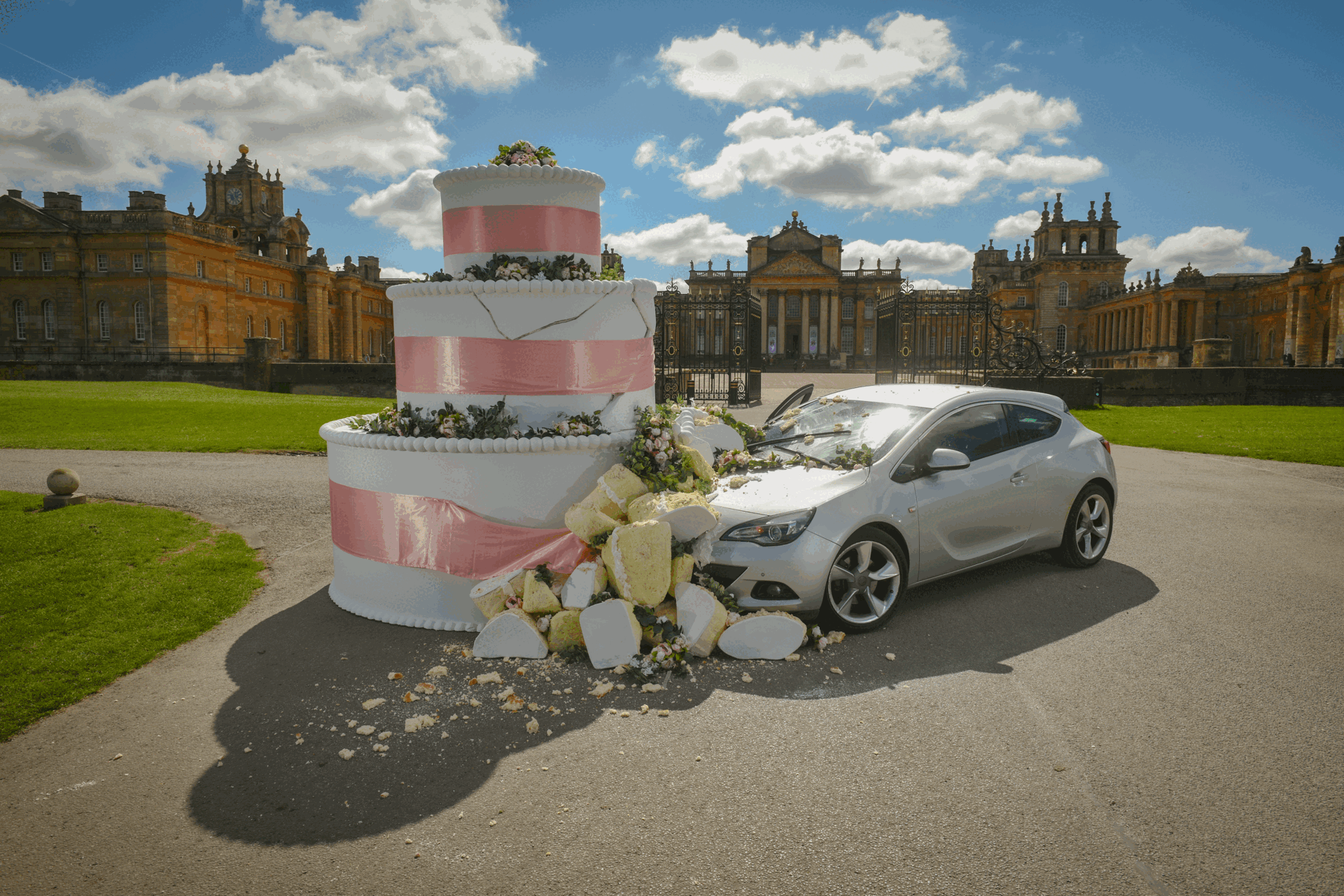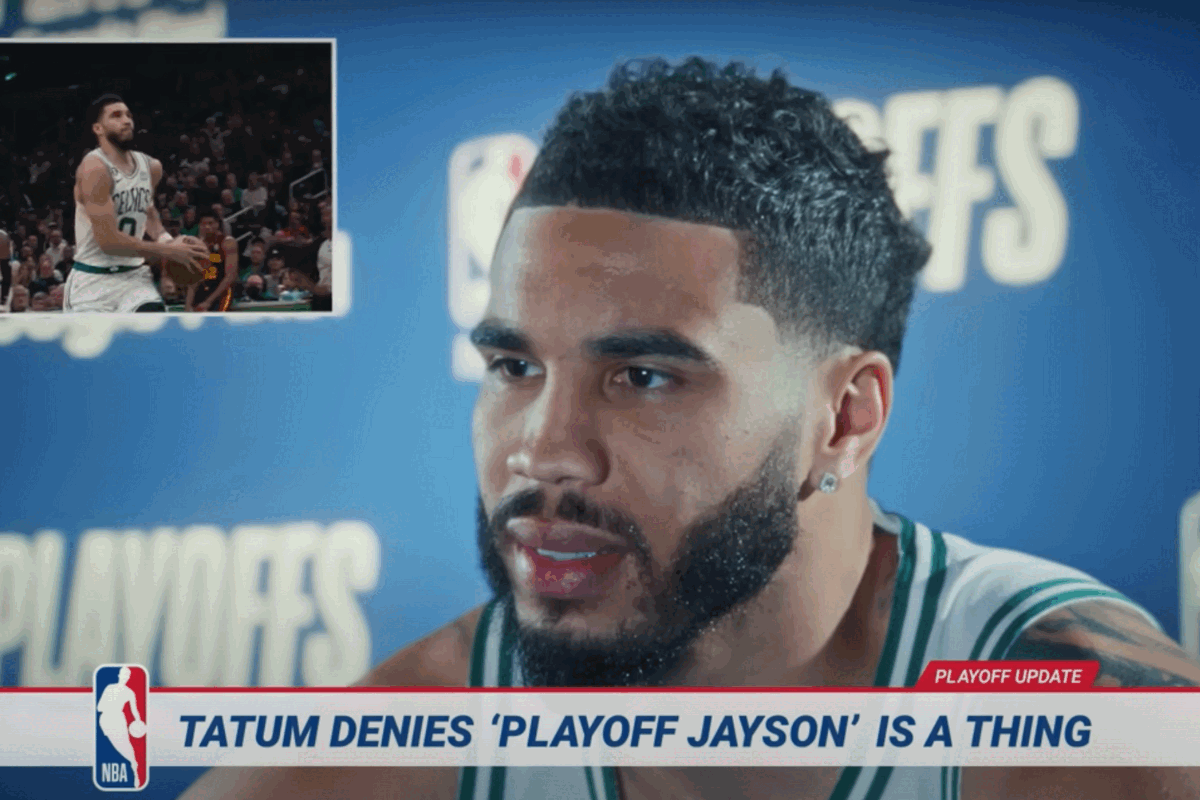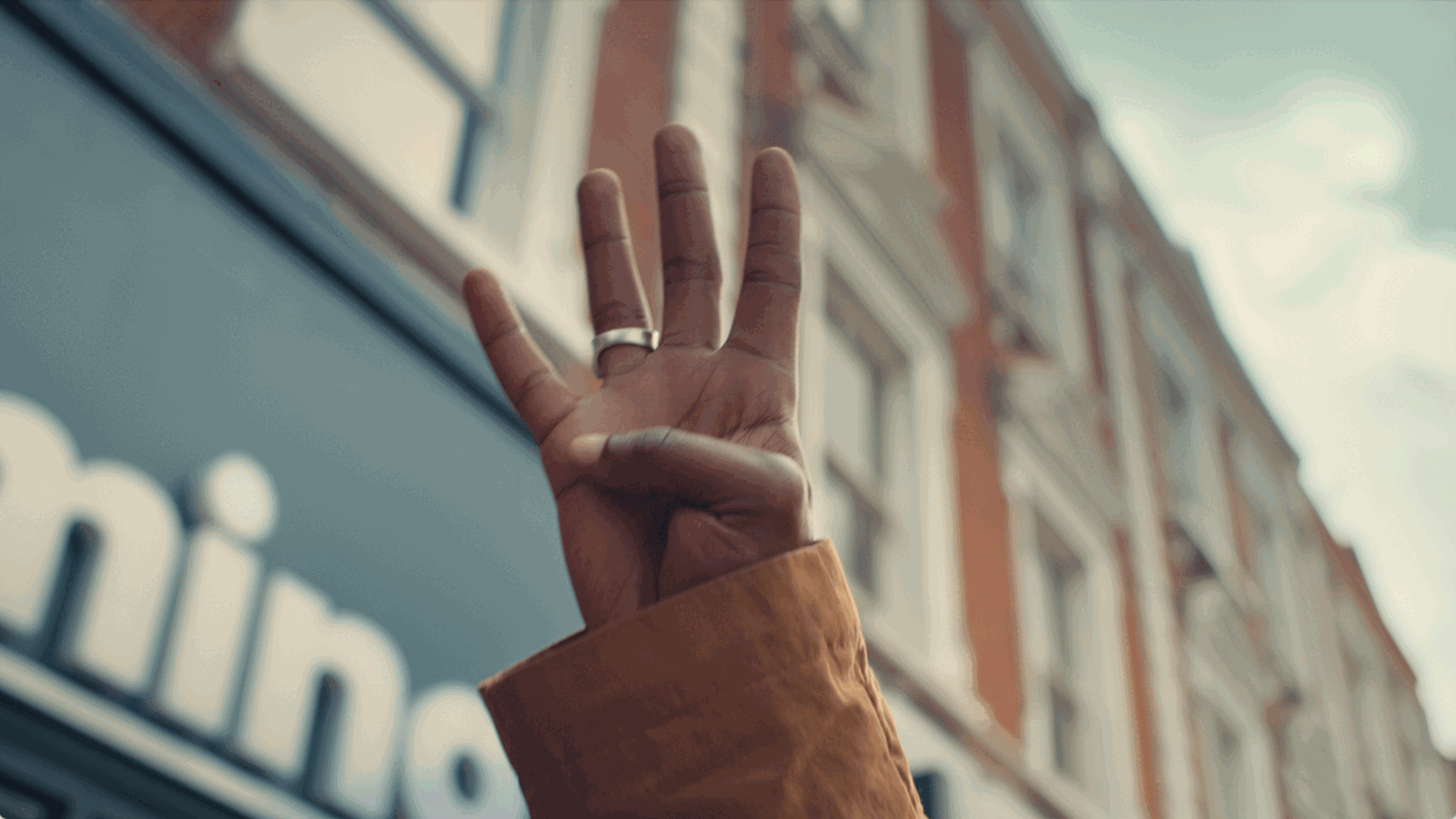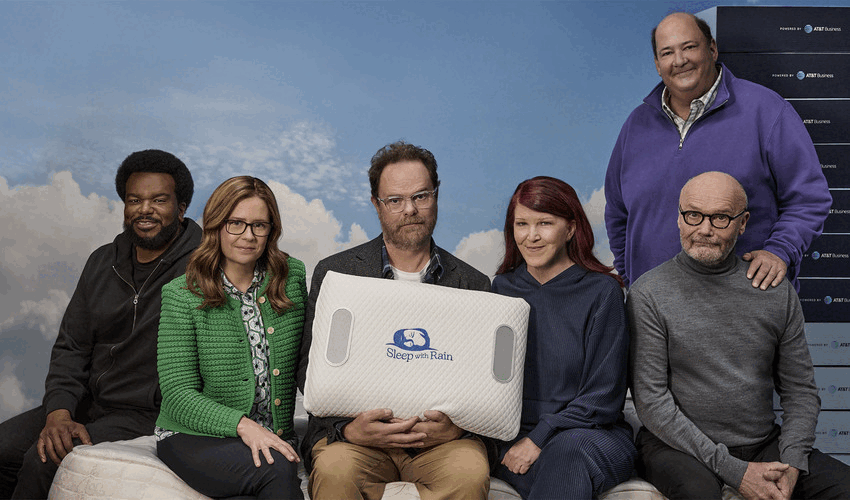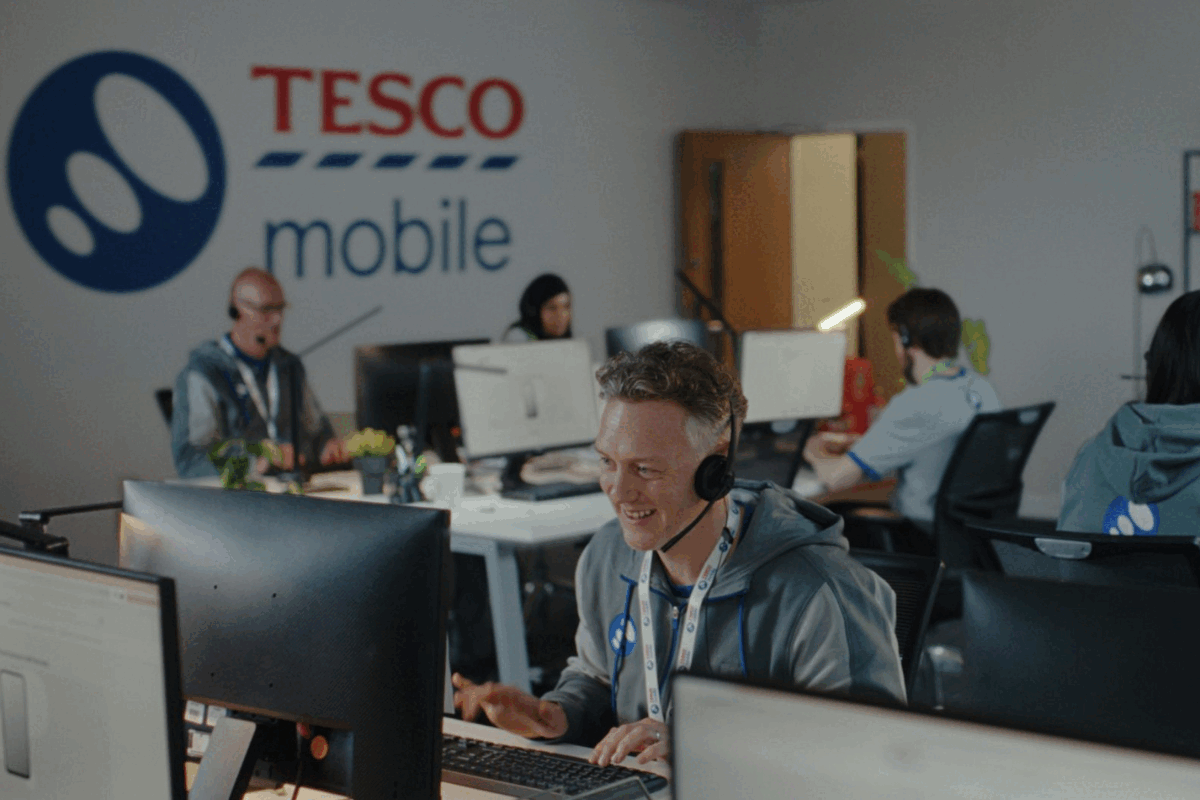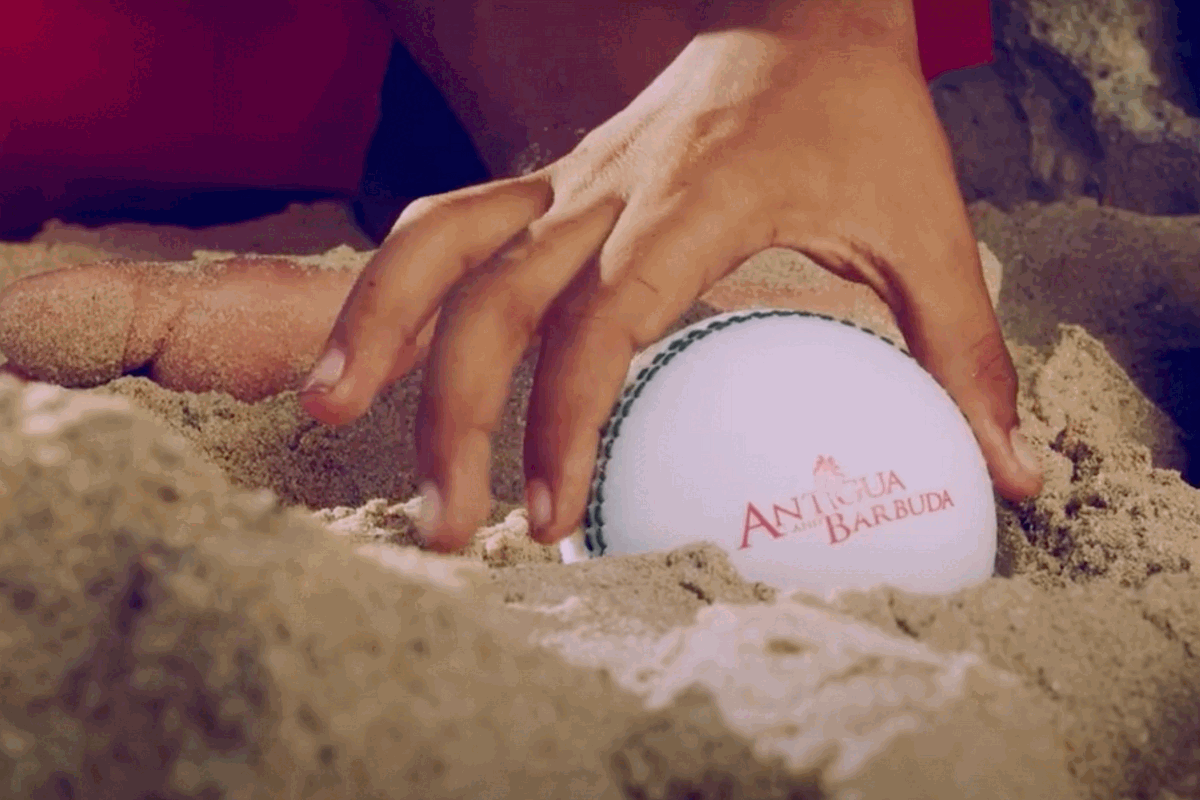Two thirds of gay men think LGBTQ people arent visible enough in advertising
- Wednesday, April 5th, 2017
- Share this article:
 66 per cent of young gay and bisexual men in the UK feel that LGBTQ people are not sufficiently represented in marketing campaigns today, according to a study from agency UM London and dating app Grindr. Meanwhile, 52 per cent said that the LGBTQ community was ‘invisible’ in advertising.
66 per cent of young gay and bisexual men in the UK feel that LGBTQ people are not sufficiently represented in marketing campaigns today, according to a study from agency UM London and dating app Grindr. Meanwhile, 52 per cent said that the LGBTQ community was ‘invisible’ in advertising.
Not only is diverse representation important for social and ethical reasons – highlighting the impact this can have, 54 per cent of respondents said they might have felt more comfortable coming out earlier if ads better represented LGBTQ people – but it should be in the interests of brands financially.
49 per cent of the 18-34 year-old gay and bisexual men surveyed – who represent an audience of over 1m people in the UK – said that they’d be more likely to buy from brands who showed LGBTQ people in their adverts.
That buying power has long been referred to as the pink pound – though 42 per cent said they found that term offensive.
“UM’s research shows how important it is for brands to embrace LGBT+ content in their mainstream communications. And that must be done in an authentic way,” said Mark Runacus, president of PrideAM, an advertising and marketing network that advocates for fair and accurate representation of LGBTQ people in ads.
“Today’s savvy youth will see as cynical tokenism anything other than genuine inclusion. And there’s a much bigger picture here. 65 per cent of all adults – old, young, straight, gay, black, white – would feel more favourably about a brand that reflected diversity in its advertising. Diversity and inclusion done well gives a brand a unique opportunity to connect more meaningfully and powerfully with its audience.”
According to the report, gay and bisexual men are 20 per cent more likely to use Twitter and Instagram, and four times more likely to use Tumblr, than straight males also aged 18-34.





